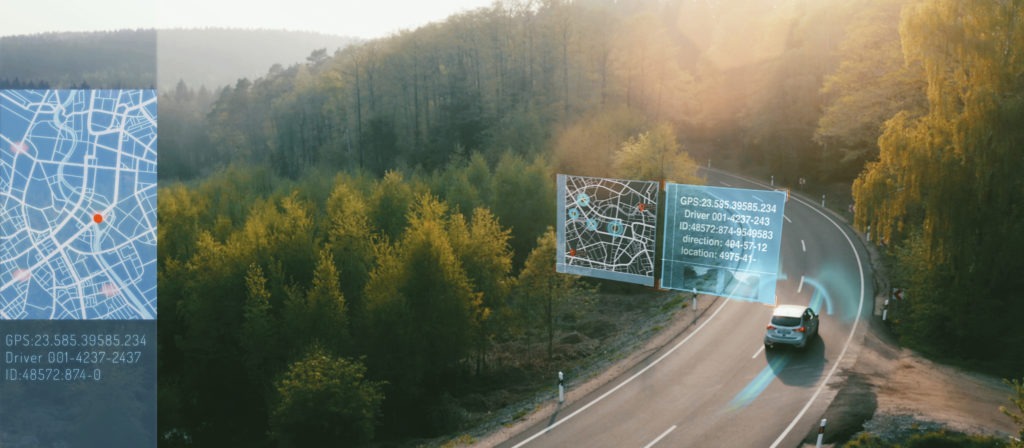German federal council approves autonomous driving regulations
30 May 2022

Germany wants to pioneer the use of autonomous cars, such as robotaxis, with the Federal Council approving regulations on autonomous driving. The council has endorsed the so-called ‘ordinance on the regulation of the operation of motor vehicles with automated and autonomous-driving functions.’
The move will pave the way for autonomous cars to take to the roads on designated routes in Germany, allowing for everyday use and providing legal consistency. Compared to an earlier government draft on autonomous driving, the council has made some changes. These are primarily intended to facilitate the practical implementation of autonomous driving.
For instance, drivers can be relied upon to check the car themselves. The regulation primarily relates to autonomous cars that do not have a safety driver on board. This particularly applies to SAE Level 4 vehicles, such as robotaxis, shuttle buses or delivery vans.
Setting a legal framework
Last year, the ministry for digital and transport said Germany will be the first country in the world to bring driverless vehicles from research into everyday life. The aim then was to enable vehicles with autonomous-driving functions to be deployed regularly in 2022.
‘The government ordinance specifies the legal framework for autonomous driving, details procedural regulations and technical requirements and thus enables the actual approval of motor vehicles with autonomous-driving functions. It contains requirements and procedural rules for the granting of an operating license for autonomous vehicles by the Federal Motor Transport Authority and for the definition of an operating area,’ the council states.
While the Federal Council has approved the ordinance, it can only come into force if the government implements the requested changes. Specifically, the council has asked for clarity on road-traffic regulations, in the case of an accident for example. It also assumes that autonomous vehicles will be able to recognise all existing traffic signs.
‘The use of vehicles with autonomous-driving functions offers great opportunities for local public transport, especially where conventional offers are reaching their economic limits,’ said the council. Autonomous shuttles could be useful in rural areas, where public transportation is scarce.
But the council also cautioned that approval of vehicles with autonomous-driving functions could potentially cost millions. Financial support could be made available to mobility providers, which is something the council has asked the government to look into.
Driverless vehicles
The operation of autonomous vehicles will only be permitted in defined areas. Operators of these vehicles must therefore get approval from authorities to use these designated spots, which could include motorways, inner-city regions, or university campuses.
Crucially, robocars must be monitored during operation, giving the technical supervisor the ability to intervene should problems occur. The supervisors would oversee a fleet of autonomous shuttle vans or robotaxis from a command centre, which then eliminates the need for a supervisor in every vehicle.
Volkswagen has been testing an autonomous ride-sharing service in Germany, called Moia. Meanwhile, car-rental company Sixt and Intel subsidiary Mobileye said they would launch 25 robotaxis in a pilot project in Munich this year. The new law will make it easier for companies to achieve autonomous-vehicle operation, making Germany one of the pioneers of autonomous driving in a race that is largely dominated by the US and China.



